Satish Jassal on how innovative architecture and intergenerational living can help deliver solutions to the challenges of later life care and community cohesion

Thank architecture for garages! They are not big enough for modern cars but plenty big enough for a granny. My 83-year-old mother, a beacon of resilience that has always inspired me, was struck by a car and sustained multiple injuries. Miraculously, she survived this near-death experience. As she recuperates, she requires constant care, prompting our family to decide that she should move in with my sister. As a creative architect, I proposed transforming my sister’s garage into a ground-floor bedroom complete with an accessible shower room. Thus, I began planning.
I am making light of a serious problem. This situation highlights an acute issue: how do we care for our elderly loved ones who once cared for us, especially when they are in need? The undeniable truth is that we are all getting older. One potential solution is intergenerational living, a concept familiar to me due to my Indian heritage.
In Indian culture, it is common for multiple generations to cohabit and support one another. While some may view this as a burden, others see it as an opportunity to gain diverse perspectives and mutual support. In my experience, these intergenerational families often form larger, supportive communities.
My diverse background and lived experiences inspired me to design intergenerational homes for Haringey Council as part of a wider mini masterplan of 46 homes we conceived adjacent to an existing council estate near St Ann’s, Haringey. These intergenerational homes comprised an accessible ground-floor one-bedroom flat with outdoor amenity space, and a three-bedroom duplex above with a terrace. Each home would have its own entrance, but a secure internal door interconnects the two homes.

The idea was for grandparents to live downstairs, with parents and grandchildren above in the duplex. This arrangement would facilitate mutual watchfulness and support while maintaining a sense of personal space. Grandparents on babysitting duty when parents needed a well-deserved night off, parents escorting grandparents to their appointments, and grandchildren helping them both with social media posts. Everyone enriching each other’s life.
However, selling the idea of intergenerational living to my client initially proved challenging. The concept of different generations living together has been overshadowed by policies promoting individual home ownership for small nuclear families. My client was very curious and then supportive of the idea of intergenerational living, at the same time they were seeking the planning policy definition. The historic concept of generational living and community living has been lost, at least in planning terms.
Building regulations have allowed for ground-floor bedrooms since the 2010’s, to facilitate an ageing population. This is merely a technical solution. What truly matters are designs that actively facilitate mutual neighbourly support amongst residents for all age groups, and the social and organisational arrangements that bed this in.
My work as a trustee for CDS Co-operatives who support and promote community led housing, confirms that people desire active communities where they can live closely, and have a say in how they support each other. Mixed communities of different age groups can provide support and ease the ‘epidemic of loneliness’ and mental health issues we face. This represents a shift from individualism back to the importance of local community belonging.
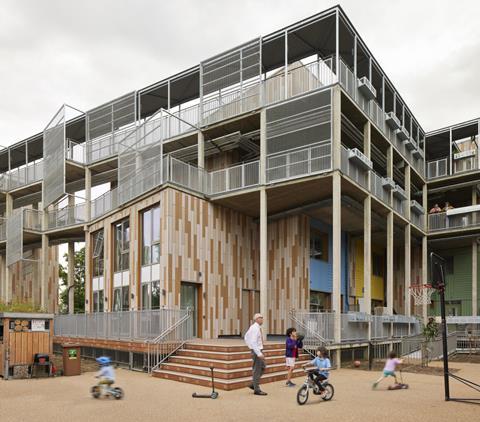
A prime example is the Rural Urban Synthesis Society (RUSS), a community land trust (CLT) who delivered a diverse mix of 36 homes with a variety of tenures for a range of residents, from single individuals to young families and older retirees, who all have a stake in the scheme.
“It’s our idea of what a sustainable neighbourhood looks like,” says Anurag Verma, who chairs RUSS, in a recent Guardian article. “Much more than just being affordable, it’s about the idea of agency – having control over where you live. It’s self-build in the broadest sense of building a community, by going through the whole process together. By the time people moved in, strong neighbourly bonds were already formed.”
With home ownership becoming increasingly elusive, the next generation is grappling with the anxiety of insecure private rented housing, and temporary accommodation which do not provide the stability to form meaningful community bonds. Whilst family relationships can be stretched if generations are forced out of the neighbourhoods they grew up in. Surely, there must be alternative ways to preserve affordability for future generations and CLTs such as RUSS, offer one such solution.
The objective is to create homes where people have security and control, equivalent to ownership, without seeing homes as privatised financial assets. Is there room for people to control their living arrangements without obsessing over the speculative increases in property values? Community housing trusts offer this alternative, often fostering intergenerational and community living at the same time.
As part of CDS Co-operatives, the Community Led Housing London team was established with the help of the Mayor of London. They provide advice and mentoring for over 30 groups of people who want to play a leading and lasting role in developing and managing homes, on their own terms, often to secure alternatives to what is conventionally available.
My mother received the attention she needed from a family and community that genuinely care for her wellbeing, in a suitable, sustainable setting. This has greatly contributed to her full recovery.
Boomers to Zoomers: Designing for the Generations

Building Design has launched a campaign focused on different intergenerational design needs.
Boomers to Zoomers will in the coming months look at the underlying challenges we face in designing for different generations. It aims to highlight the need for architectural solutions that cater to all age groups.
The campaign will focus on a range of topics including designing for children and young people, intergenerational living and new models for housing, workplace issues, later-living and education and skills.
Email us at ben.flatman@bdonline.co.uk or use the hashtag #boomerstozoomers
BD’s campaign is being guided by an editorial panel, drawing on expert advisers from across architecture, planning and urban design.
The editorial panel includes:
- Dinah Bornat, founding co-director of ZCD Architects
- Alex Ely, founding director of Mae Architects
- Darryl Chen, partner at Hawkins Brown
- Satish Jassal, founding director of Satish Jassal Architects
- Kathy MacEwen, independent planning consultant and former head of planning and enabling at CABE
- Anna Mansfield, director at Publica
- Setareh Neshati, head of development at Westminster City Council
- Sarah Robinson, associate director at The King’s Foundation
- Peter Sofoluke, director at BPTW architects
Click here to find out more.
Postscript
Satish Jassal is director of Satish Jassal Architects. He is a design expert associate for the Design Council, sits on the Harrow design review panel, is a Fluid diversity mentor and a trustee of CDS Cooperatives housing association


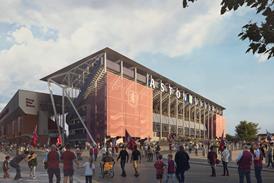


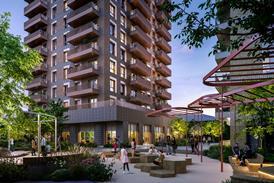



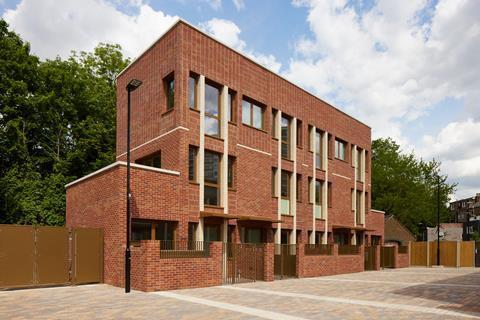
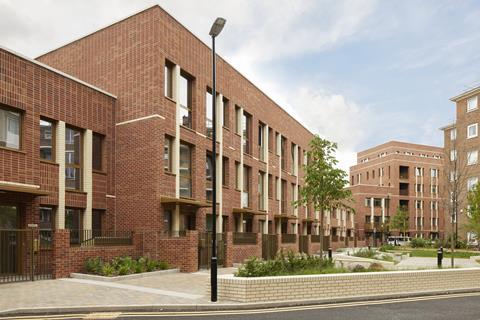








No comments yet